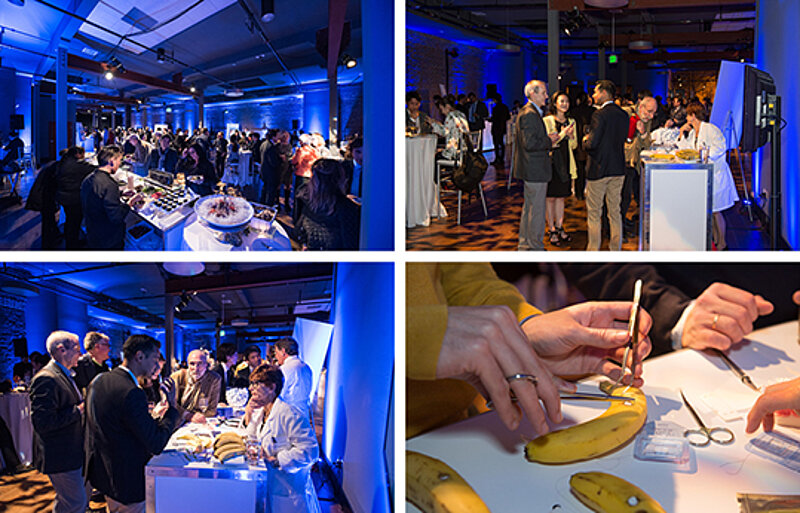The purification of bone substitute materials of both human and animal origin is expected to be of a very high standard, as the residue of cells or some extracellular components have been associated with inflammatory reactions to biomaterials1-4. At the same time, most manufacturers endeavour to use purification methods that are as mild as possible. The more “natural” the material, the higher its regenerative potential – so the thinking goes.
Incorrect information in three out of five products
Using five examples, a team of researchers carried out a histological analysis to verify the accuracy of information provided by manufacturers concerning the purification of their products5. Are they really as free from cellular residue as claimed? This was found not to be the case in three of the five products analysed. Of the xenogeneic materials, only Geistlich Bio-Oss® matched the manufacturer’s information completely.
Playing it safe
The authors of the study state that cellular residues detected in three of the five products could cause adverse immune responses and foreign body reactions, which would then interfere with the safety, biocompatibility and performance of the bone substitute materials.
It is no coincidence that Geistlich biomaterials fulfil the manufacturer’s information. The company has invested in an integrated process from the very beginning. This ensures complete control over every stage of the production process of its biomaterials. Control that is demonstrated by the quality and safety of its products.
References:
- Poncelet AJ, et al.: Curr Opin Organ Transplant 2009; 14(2): 168-74.
- Bernders KEM, et al.: Trends Biotechnol 2013; 31(3): 169-76.
- Brown BN, et al.: Biomaterials 2009; 30(8): 1482-91.
- Keane TJ, et al.: Biomaterials 2012; 33(6): 1771-81.
- Ghanaati S, et al.: Acta Biomater 2014; dx.doi.org/10.1016/j.actbio.2014.04.017


